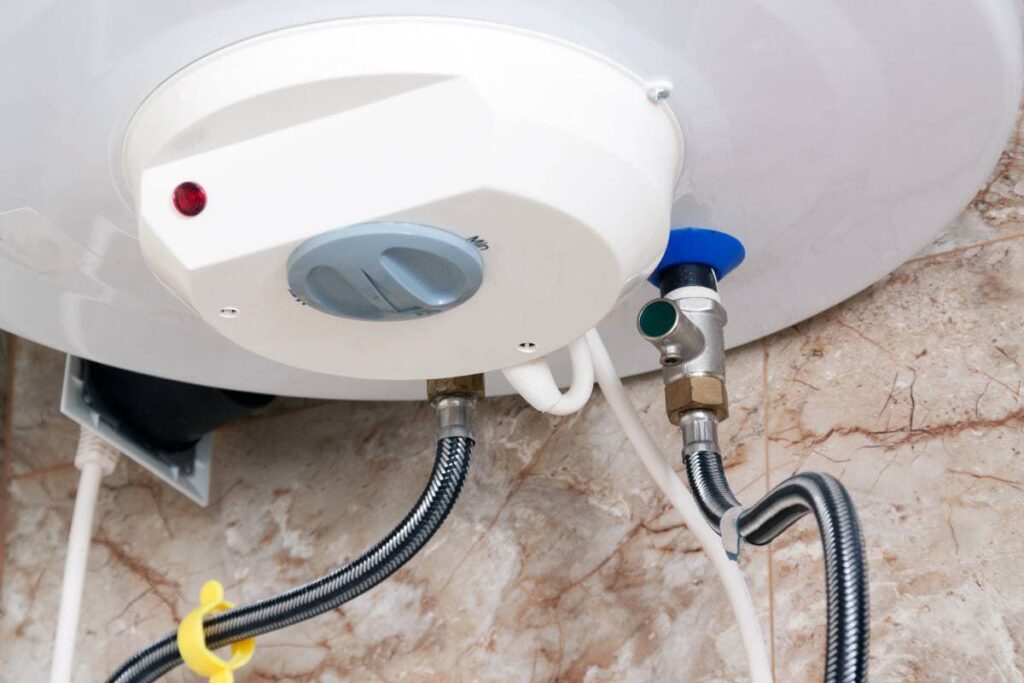Do you find yourself in search of selective information concerning Tips For Maintaining Your Hot Water Heater?

Warm water is important for daily convenience, whether it's for a revitalizing shower or cleaning dishes. To ensure your warm water system runs efficiently and lasts longer, routine upkeep is vital. This write-up offers functional pointers and insights on exactly how to preserve your home's warm water system to avoid disruptions and costly repair work.
Intro
Keeping your home's warm water system might seem complicated, however with a couple of straightforward actions, you can guarantee it operates smoothly for many years to come. This guide covers whatever from comprehending your hot water system to do it yourself upkeep ideas and recognizing when to call professional help.
Significance of Preserving Your Hot Water System
Routine upkeep not just expands the life-span of your warm water system yet additionally guarantees it operates efficiently. Neglecting maintenance can lead to decreased efficiency, higher energy expenses, and also early failing of the system.
Indications Your Hot Water System Needs Maintenance
Knowing when your hot water system needs attention can avoid major issues. Look out for signs such as inconsistent water temperature level, odd sounds from the heating unit, or rusty water.
Comprehending Your Warm Water System
Prior to diving right into maintenance tasks, it's useful to understand the basic components of your warm water system. Commonly, this consists of the hot water heater itself, pipes, anode rods, and temperature controls.
Monthly Upkeep Tasks
Routine monthly checks can help catch small concerns prior to they intensify.
Flushing the Hot Water Heater
Purging your hot water heater eliminates sediment accumulation, enhancing effectiveness and extending its life.
Checking and Replacing Anode Rods
Anode rods avoid rust inside the tank. Examining and changing them when broken is critical.
Evaluating and Readjusting Temperature Level Setups
Changing the temperature settings ensures optimal efficiency and safety and security.
Do It Yourself Tips for Maintenance
You can carry out numerous upkeep jobs yourself to keep your warm water system in leading problem.
Checking for Leaks
Regularly check pipelines and connections for leaks, as these can bring about water damages and higher bills.
Examining Stress Relief Valves
Evaluating the stress relief valve ensures it operates properly and avoids excessive stress accumulation.
Insulating Pipes
Shielding hot water pipes lowers warm loss and can save power.
When to Call an Expert
While DIY upkeep is helpful, some issues call for professional know-how.
Complex Problems Requiring Specialist Help
Instances consist of major leaks, electric problems, or if your hot water heater is consistently underperforming.
Regular Specialist Maintenance Perks
Professional maintenance can consist of comprehensive assessments, tune-ups, and making sure conformity with safety requirements.
Verdict
Regular upkeep of your home's hot water system is essential for effectiveness, long life, and cost financial savings. By following these ideas and knowing when to look for professional assistance, you can ensure a trustworthy supply of hot water without unforeseen disturbances.
How to Maintain an Instant Hot Water Heater
Before tinkering with your hot water heater, make sure that it’s not powered on. You also have to turn off the main circuit breaker and shut off the main gas line to prevent accidents. Also turn off the water valves connected to your unit to prevent water from flowing into and out of the appliance. 2. When you’re done, you have to detach the purge valves’ caps. These look like the letter “T†and are situated on either side of the water valves. Doing so will release any pressure that has accumulated inside the valves while at the same time avoid hot water from shooting out and burning your skin. 3. When the purge valves’ caps are removed, you have to connect your hosing lines to the valves. Your unit should have come with three hoses but if it didn’t, you can purchase these things from any hardware or home repair shops. You can also get them from retail stores that sell water heating systems. Read the user’s manual and follow it to complete this task properly. When the hosing lines are connected, open the purge port’s valves. 4. You should never use harsh chemical cleaners or solutions when cleaning your unit. Make use of white vinegar instead. It should be undiluted and you’ll probably use about 2 gallons. 5. Now flush your water heater. This task should probably take about 40 minutes. We can’t give you specific directions for this because the procedure is carried out depending on the type, model and brand of your heater. With that being said, refer to the user’s manual. 6. When you’re done draining the unit, you have to turn off the purge port valves again. Remove the hosing lines that you earlier installed on each of the water valves. Put the valve caps (purge port) back in their respective places and be very careful so as not to damage the rubber discs that are found inside these caps. 7. Now that everything’s back in place, check your user’s manual again to find out how to reactivate your water heating system. 8. Once it is working, turn one of your hot water faucets on just to let air pass through the heater’s water supply pipes. Leave the tap on until water flows smoothly out of it. https://www.orrplumbing.com/blog/2014/september/how-to-maintain-an-instant-hot-water-heater/

I'm just very serious about How to Maintain Your Water Heater & Prolong its Life and I am praying you enjoyed reading the new entry. Sharing is good. Helping others is fun. Thanks so much for going through it.
Book A Service